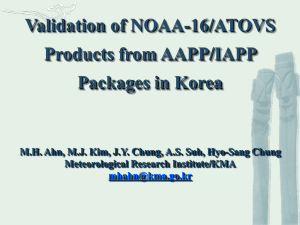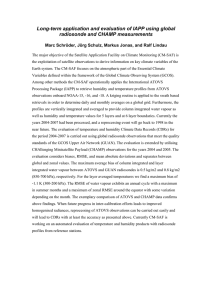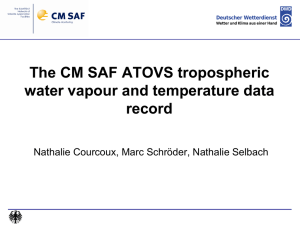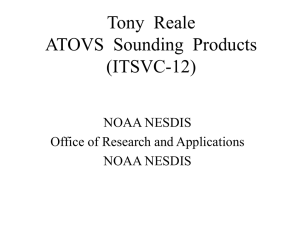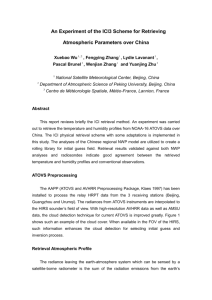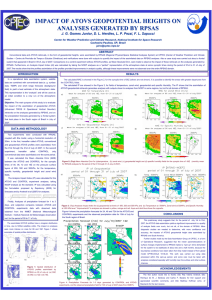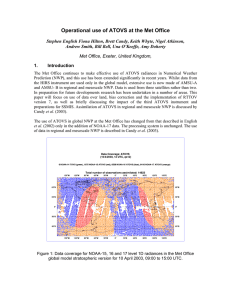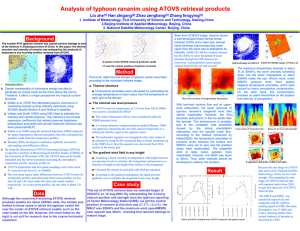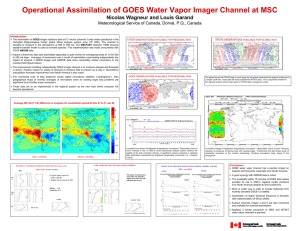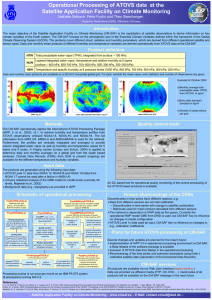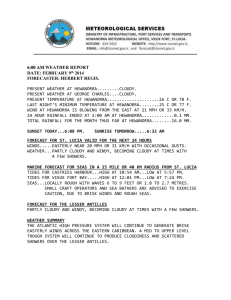MS Word
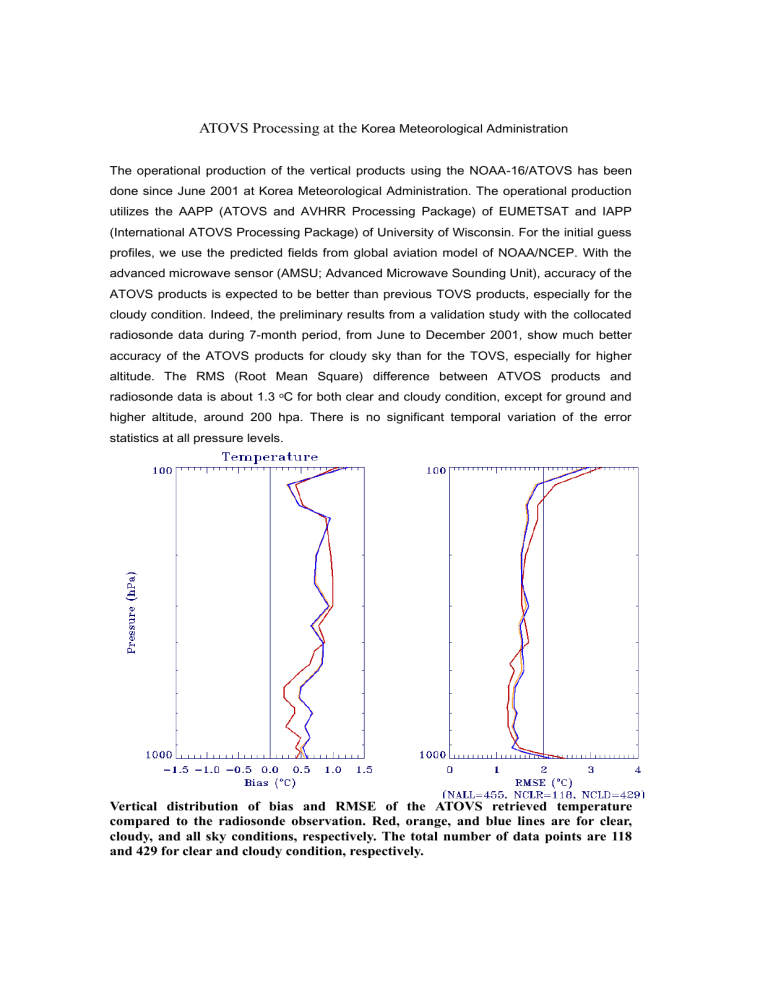
ATOVS Processing at the
Korea Meteorological Administration
The operational production of the vertical products using the NOAA-16/ATOVS has been done since June 2001 at Korea Meteorological Administration. The operational production utilizes the AAPP (ATOVS and AVHRR Processing Package) of EUMETSAT and IAPP
(International ATOVS Processing Package) of University of Wisconsin. For the initial guess profiles, we use the predicted fields from global aviation model of NOAA/NCEP. With the advanced microwave sensor (AMSU; Advanced Microwave Sounding Unit), accuracy of the
ATOVS products is expected to be better than previous TOVS products, especially for the cloudy condition. Indeed, the preliminary results from a validation study with the collocated radiosonde data during 7-month period, from June to December 2001, show much better accuracy of the ATOVS products for cloudy sky than for the TOVS, especially for higher altitude. The RMS (Root Mean Square) difference between ATVOS products and radiosonde data is about 1.3 o C for both clear and cloudy condition, except for ground and higher altitude, around 200 hpa. There is no significant temporal variation of the error statistics at all pressure levels.
Vertical distribution of bias and RMSE of the ATOVS retrieved temperature compared to the radiosonde observation. Red, orange, and blue lines are for clear, cloudy, and all sky conditions, respectively. The total number of data points are 118 and 429 for clear and cloudy condition, respectively.
Same as temperature for the water vapor mixing ratio
